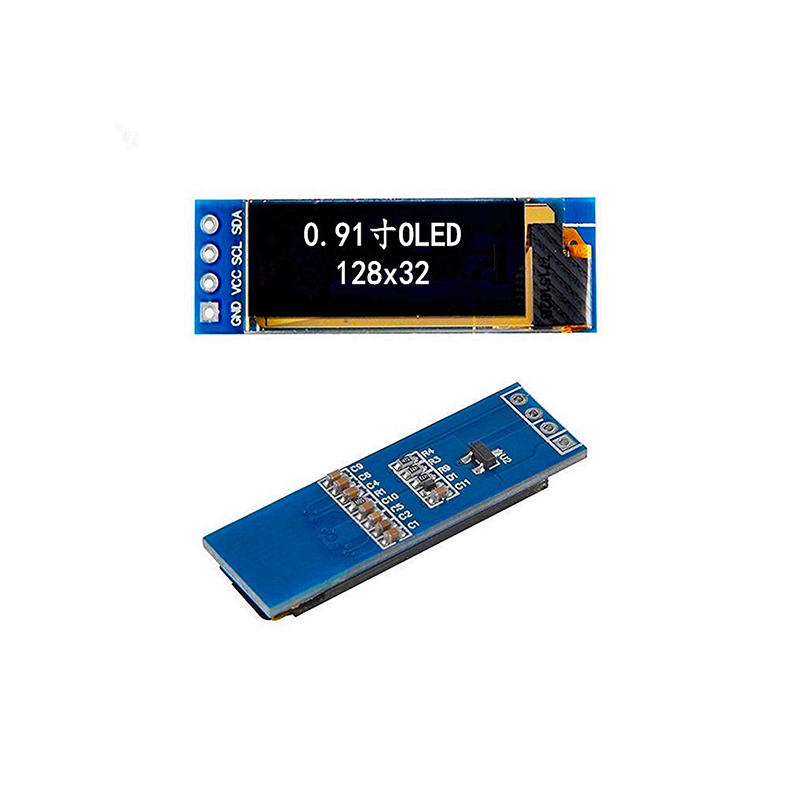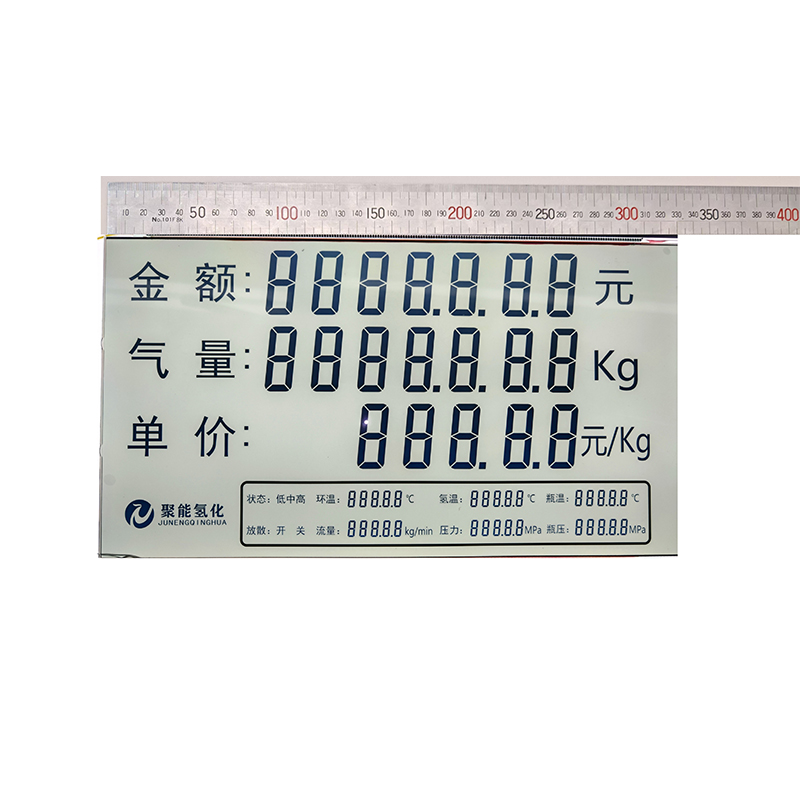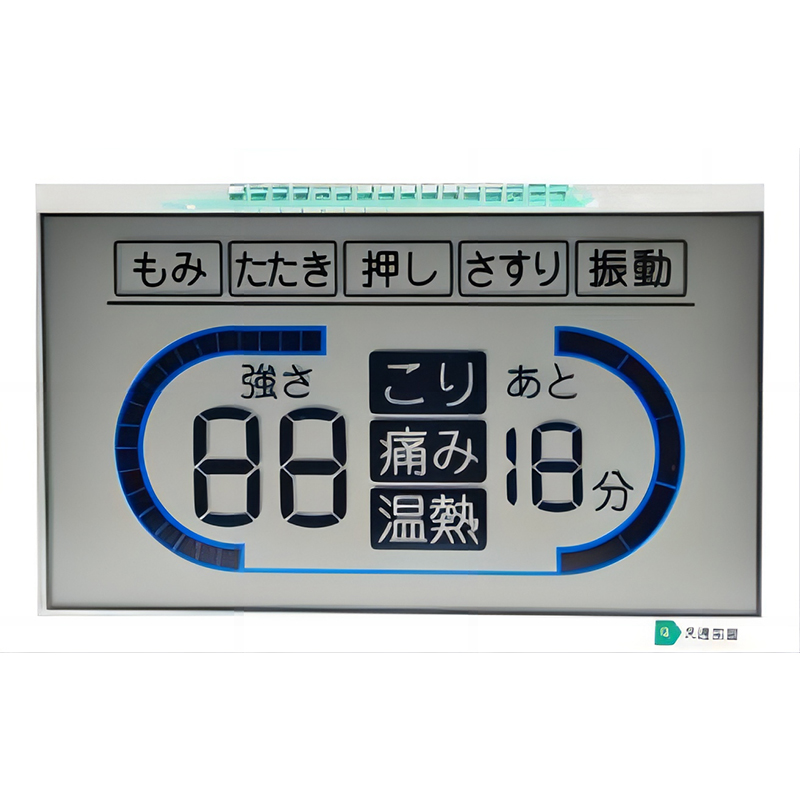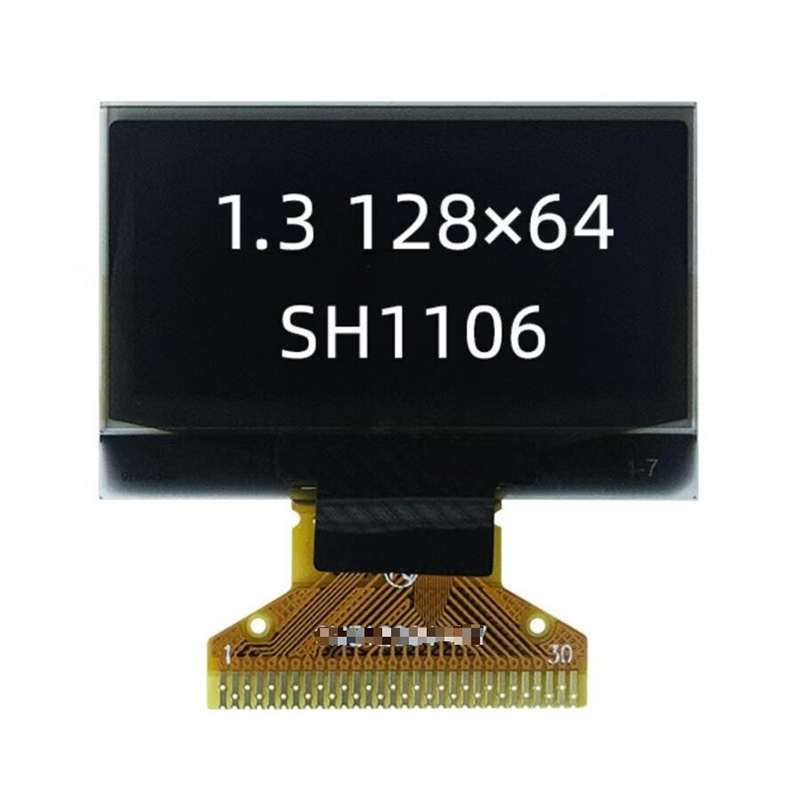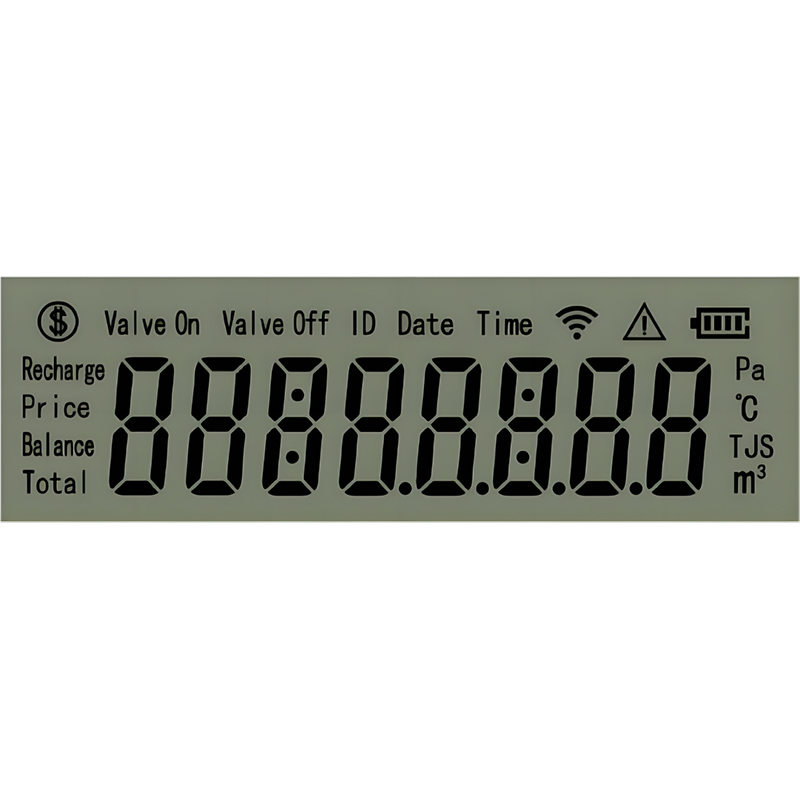
This comprehensive guide explores everything you need to know about LVDS testers, from understanding their functionality and applications to choosing the right tester for your specific needs. We'll cover different types of testers, key features to consider, troubleshooting common issues, and provide resources to help you make informed decisions. Learn how to ensure the proper functioning of your LVDS devices and maintain optimal performance.
Low-Voltage Differential Signaling (LVDS) is a crucial technology in various electronic devices, transmitting high-speed data over relatively long distances with minimal signal degradation. The reliability of LVDS transmission is paramount, making thorough testing essential. A malfunctioning LVDS connection can lead to significant performance issues or complete system failure. LVDS testers are specifically designed to identify and resolve such problems effectively.
LVDS testers are specialized instruments used to verify the integrity and performance of LVDS signals. They perform a variety of tests to identify faults, measure signal quality, and ensure compliance with industry standards. These testers range from simple, handheld devices for basic checks to sophisticated, automated systems for comprehensive analysis in complex applications.
Several types of LVDS testers cater to diverse needs and budgets. The choice depends on the complexity of your LVDS system and the level of detail required in your testing.
These entry-level testers primarily check for signal presence and voltage levels. They are ideal for quick, preliminary checks and troubleshooting simple systems.
Advanced models offer more comprehensive analysis, including data rate measurement, jitter analysis, and error detection. These are essential for more complex applications and thorough debugging.
For high-volume testing and automated production lines, automated LVDS testers are invaluable. These systems provide high-throughput testing and can integrate with existing production workflows. Often, these systems are customized to specific applications and testing requirements.
When selecting a LVDS tester, consider these crucial features:
| Feature | Description |
|---|---|
| Data Rate Support | Ensure the tester supports the data rates used in your system. |
| Number of Channels | Choose a tester with sufficient channels to accommodate all LVDS signals in your system. |
| Jitter Measurement | Accurate jitter measurement is crucial for high-speed applications. |
| Eye Diagram Display | This visual representation helps in analyzing signal quality. |
| Software and Reporting | User-friendly software and comprehensive reporting features are essential for efficient testing and analysis. |
Using a LVDS tester effectively involves understanding common issues and troubleshooting techniques. Common problems include signal degradation, noise interference, and connector issues.
For more in-depth information on LVDS technology and testing, explore these resources:
This guide provides a comprehensive overview of LVDS testers. Remember to carefully consider your specific requirements before making a purchase. By using the right tools and techniques, you can ensure the reliable performance of your LVDS systems.

